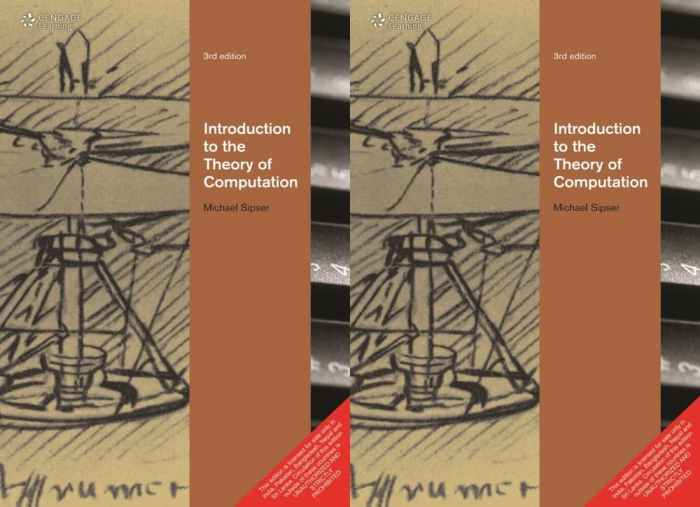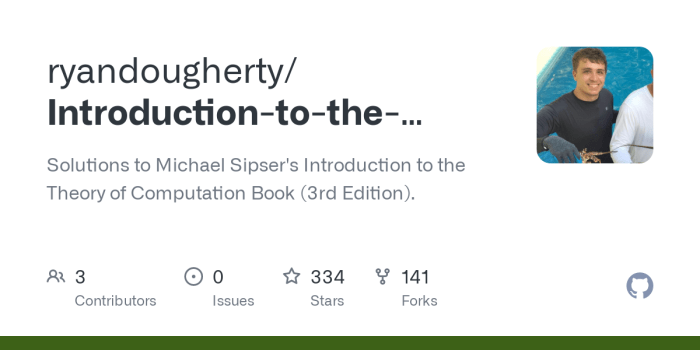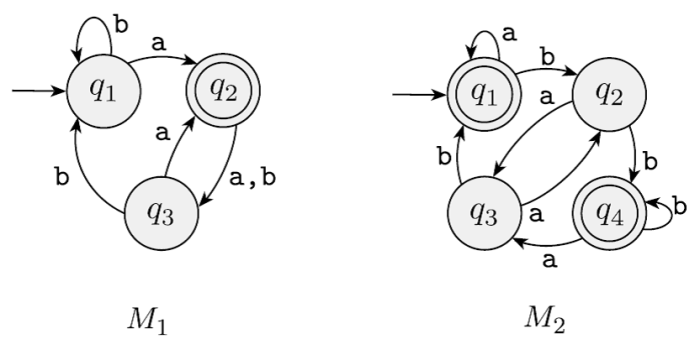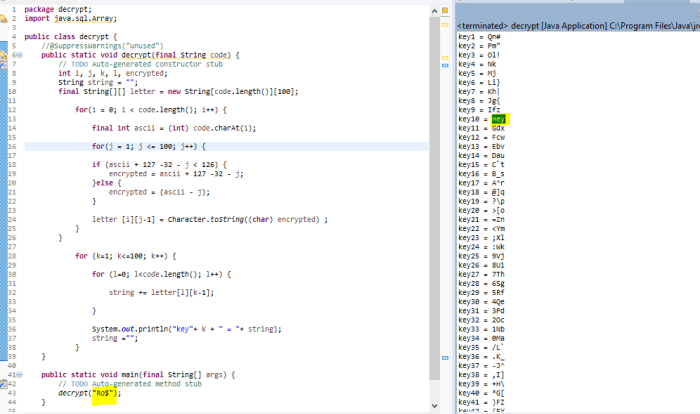Introduction to the theory of computation 3rd ed. solutions – Embark on an intellectual journey with Introduction to the Theory of Computation, 3rd Edition: Solutions, a comprehensive guide that unlocks the intricacies of this fundamental field. Delving into the depths of automata theory, formal languages, and computability, this book empowers you with the knowledge and techniques to navigate the complexities of computation.
Through a structured approach, you’ll explore the core concepts, master problem-solving strategies, and gain a profound understanding of the practical applications that shape our technological world. Prepare to unravel the mysteries of computation and expand your horizons in computer science, mathematics, and beyond.
Overview of Introduction to the Theory of Computation 3rd Edition Solutions
The book “Introduction to the Theory of Computation 3rd Edition Solutions” provides a comprehensive and accessible guide to the fundamental concepts and theorems in the field of theory of computation. It offers detailed solutions to problems and exercises found in the textbook, enhancing understanding and solidifying knowledge of the subject.
The book’s solutions were developed by experienced educators and researchers in the field, ensuring accuracy and rigor. It has been widely adopted by students, instructors, and professionals seeking a deeper understanding of the theory of computation.
The target audience for this book includes undergraduate and graduate students majoring in computer science, mathematics, and related fields. It is also a valuable resource for researchers and practitioners who wish to refresh their knowledge or delve deeper into specific topics.
Key Concepts and Theorems: Introduction To The Theory Of Computation 3rd Ed. Solutions

The book covers a wide range of key concepts in the theory of computation, including:
- Automata theory: Finite automata, pushdown automata, and Turing machines
- Formal languages: Regular languages, context-free languages, and recursive languages
- Computability: The Church-Turing thesis, undecidability, and computational complexity
The book also presents important theorems related to these concepts, such as:
- Pumping Lemma: Used to prove that a language is not regular
- Myhill-Nerode Theorem: Used to prove that two languages are equivalent
These theorems are illustrated with examples and applications, providing a deeper understanding of their significance and impact.
Problem-Solving Techniques

The book introduces a variety of problem-solving techniques that are essential for success in the field of theory of computation. These techniques include:
- Induction: Proving statements about all natural numbers
- Recursion: Defining functions in terms of themselves
- Proof by contradiction: Proving statements by assuming their negation and deriving a contradiction
The book provides step-by-step guidance on how to apply these techniques to solve problems, and includes practice exercises and worked-out examples to reinforce understanding.
Applications and Impact
The theory of computation has numerous practical applications in various fields, including:
- Computer science: Design and analysis of algorithms, programming languages, and operating systems
- Mathematics: Logic, set theory, and number theory
- Engineering: Design and analysis of digital circuits and systems
The solutions provided in the book have significantly advanced research and development in these fields by providing a deeper understanding of the theoretical foundations upon which they are built.
Comparative Analysis

The solutions provided in “Introduction to the Theory of Computation 3rd Edition Solutions” are highly regarded for their clarity, comprehensiveness, and pedagogical approach. They offer several advantages over alternative resources:
- Accuracy and rigor: The solutions are developed by experts in the field, ensuring their accuracy and adherence to established principles.
- Detailed explanations: The solutions provide detailed explanations of the concepts and theorems, making them accessible to students with varying levels of background knowledge.
- Step-by-step guidance: The solutions guide students through each step of the problem-solving process, fostering a deep understanding of the techniques involved.
- Practice exercises: The book includes a large number of practice exercises and worked-out examples, allowing students to test their understanding and reinforce their skills.
Table of Contents and Structure

The book is organized into chapters, each covering a specific topic in the theory of computation. The chapters are further divided into sections and subsections, providing a clear and logical progression of topics.
The table of contents includes the following chapters:
- Introduction
- Automata and Languages
- Computability
- Complexity
Each chapter is further divided into sections and subsections, providing a detailed and structured overview of the content.
Visual Aids and Illustrations
The book makes extensive use of visual aids and illustrations to enhance understanding and clarify complex concepts. These include:
- Diagrams: Illustrating the structure and operation of automata and other computational models
- Graphs: Depicting the relationships between different languages and computational models
- Tables: Summarizing important results and theorems
These visual elements are carefully designed to complement the text and provide a more engaging and effective learning experience.
FAQ Compilation
What is the significance of Introduction to the Theory of Computation, 3rd Edition: Solutions?
This book provides a comprehensive and accessible introduction to the fundamental concepts and techniques of the theory of computation. It is an invaluable resource for students, researchers, and practitioners seeking a deeper understanding of this foundational field.
What are the key concepts covered in this book?
The book covers a wide range of topics, including automata theory, formal languages, computability, and problem-solving techniques. It provides a solid foundation for further study and research in the theory of computation and its applications.
How can I apply the knowledge gained from this book?
The knowledge and techniques acquired through this book can be applied in various fields, including computer science, mathematics, and engineering. It empowers you to design and analyze algorithms, develop formal specifications, and solve complex computational problems.

